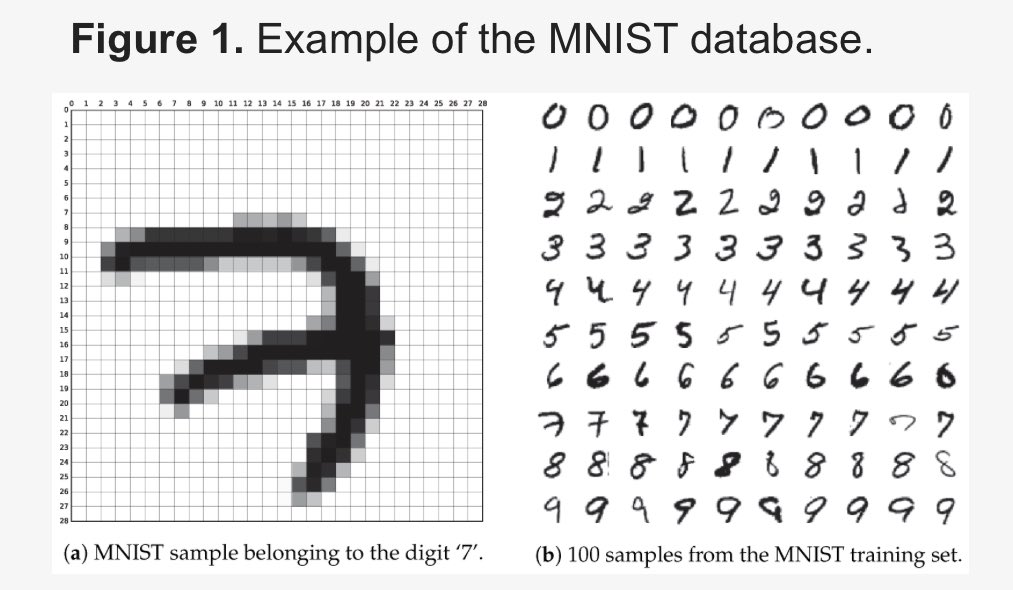
When I teach about #AI whether it be #philosophy in general, #ethics or epistemology of, I always start my courses with an image like this one. 🧵 

I tell my students about how the @USPS build one of the first databases and methods to recognize handwritten numbers which then led to important developments in automated image recognition: 

I teach about what machines compute when predicting the contents of an image, e.g., here a DNN decides this is a wolf based on background pixel texture (~the mathematical coloration distance between one pixel and its neighbors + cluster patterns, etc.) Nothing like what we do! 

I then tell them that similar methods are deployed for many data analysis tasks: risk assessment algorithms, recommender systems, text analysis, etc., and I remind them of this late 60’s Herbert Simon quote about the term #ArtificialIntelligence 

In these courses we learn about how the perceptron works and how the nodes in deep neural networks are threshold functions that filter inputs to come up with a probable output. 



We also learn about how many of the ‘concepts’ machines work with to differentiate inputs or generate outputs are patterns of statistical and mathematical relations between data points in complex grids. 

Only until we get this basic (and rough) understanding of AI methods as artifacts of #DataScience (ML, #LLM) do we start talking about the possible social, ethical or philosophical implications. It takes a long while before anyone even mentions anything about consciousness, AGI,
And when AGI or consciousness is mentioned in relation to these data methods, it is always with a very sober and restrained take. I know AI in philosophy can be all fireworks, but I personally prefer this long and ‘boring’ road.
This sober and restrained take also also applies to #AIEthics, knowing the ontological foundations and the epistemology of AI, gives us a clearer and deeper understanding of the ethical questions and implications beyond simple (utilitarian) harm mitigation.
• • •
Missing some Tweet in this thread? You can try to
force a refresh




